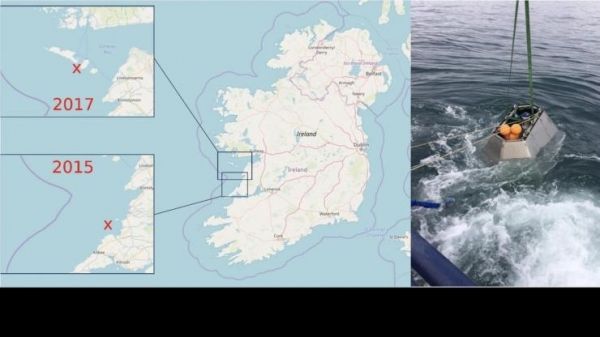When cyclones or other massive oceanic storms make landfall, their giant waves batter coastlines and sometimes cause widespread damage.
Now, an international team of researchers has analyzed months of data of large nearshore waves to provide new insights that could help improve the designs of a variety of coastal structures from seaports to seawalls to better withstand destructive waves.
In the study published October 28 in the journal Scientific Reports, the researchers report combining a mathematical model to describe the formation of large waves with real-world measurements taken in shallow waters just off of the coast of Ireland, where waves have been reported to hit the shore with enough force to move 100-ton rocks.
“In this work we have analyzed real data in order to show that, over the course of several months measuring different storm events, we find that the extreme waves that we have observed in the coastal data tend on average to be smaller than the rogue waves we have observed in deep water, but they have similar characteristics,” said Francesco Fedele, a associate professor in the Georgia Tech School of Civil and Environmental Engineering.
Continue reading at Georgia Tech
Image via Georgia Tech


